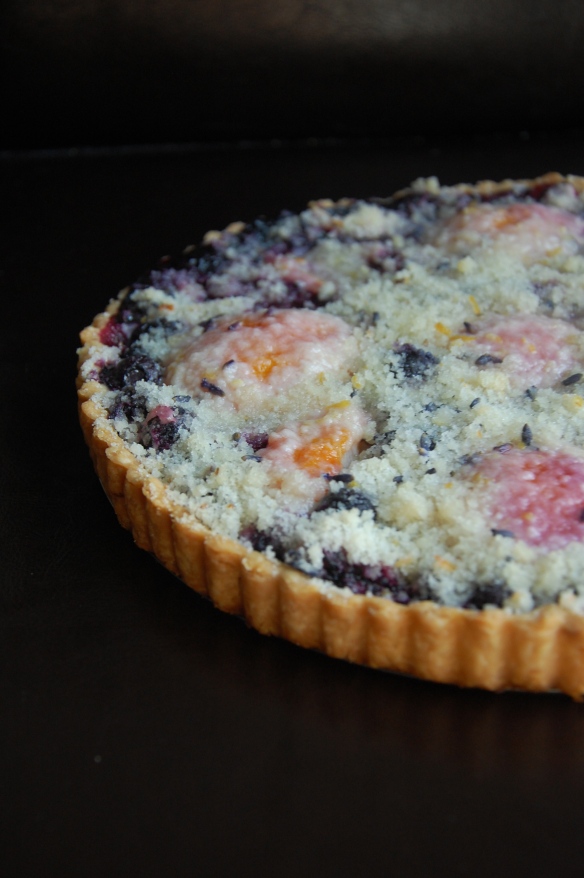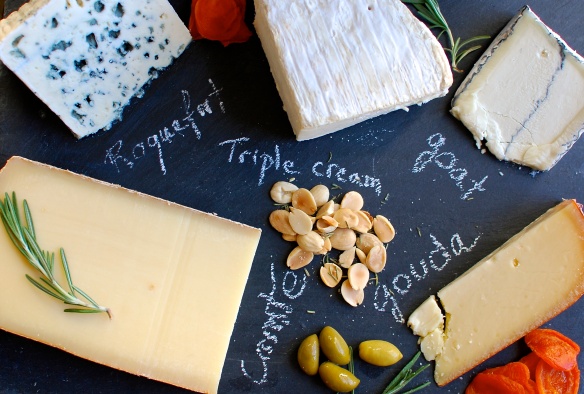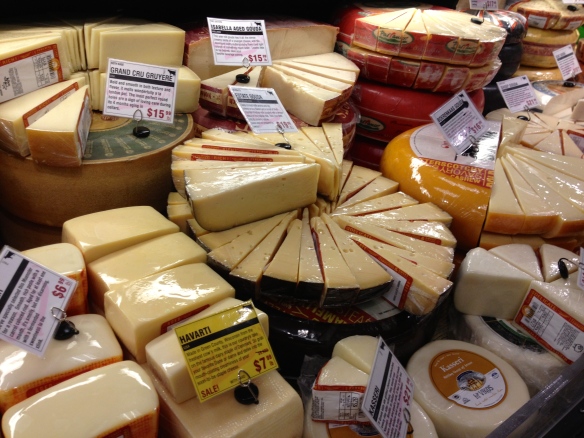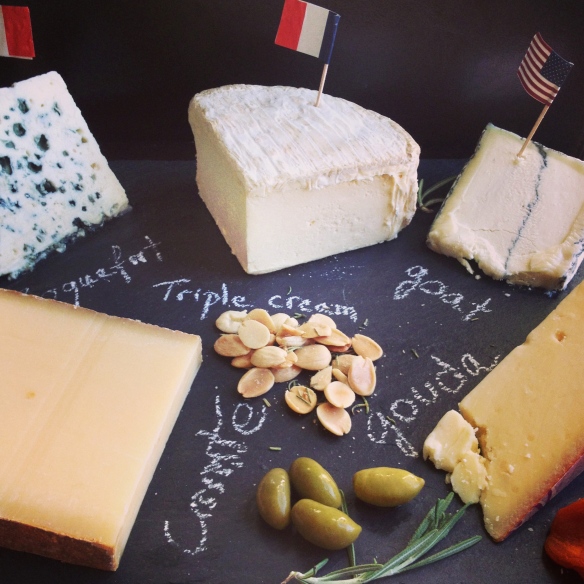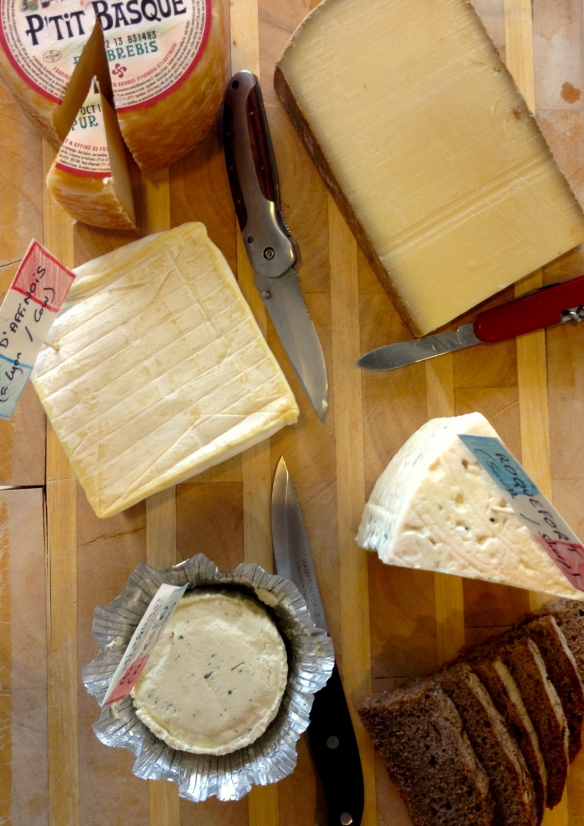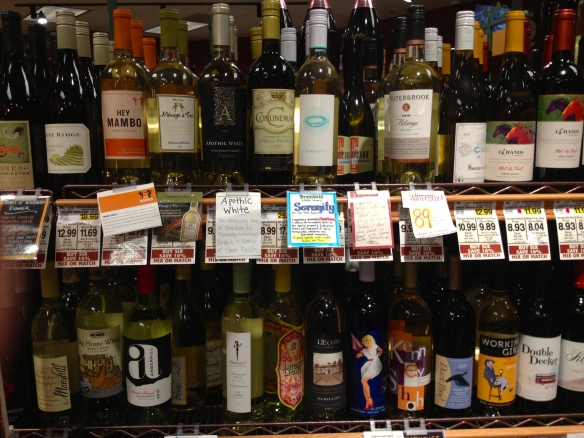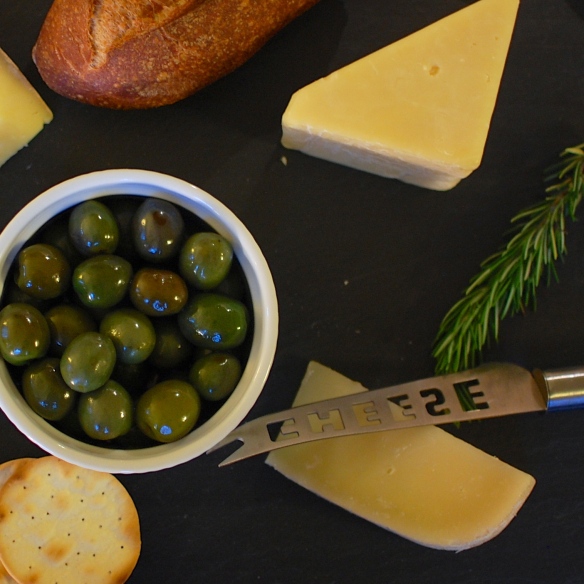The Northwest is home to many delicious fruits. Every summer we’re blessed with abundant yields of locally grown fruits, including peaches and blueberries. (Georgia may be the Peach State, but we hold our own here in Washington.) We are now entering the peak peach season, when it’s easy to find premium-quality fruits, even at the supermarket.
Last September, one of my husband’s colleagues gave us about 10 pounds of ripe golden peaches that he had just picked in an orchard. Those were the best peaches I had ever had: fresh, juicy and so intensively flavorful. The only inconvenience? The fruits don’t keep very long in the hot summer weather. So we took to canning — heating up our already warm kitchen filling jar after jar with peach jam and peach salsa.

Peach and blueberry is one of my favorite fruit combinations: The two flavors greatly complement each other, and the fruits look great together. Somehow, they just capture the fragrance and feel of summer. My go-to breakfast is a handful of blueberries, a sliced peach and a spoon of cottage cheese. Sprinkle some crushed walnuts on top and enjoy! I’m also a big fan of blueberry peach crumbles, pancakes, cobblers… But surprisingly enough, I had never made a pie. It was high time to give it a try. Nothing celebrates summer as much as a fruit pie.

A pie, yes, but with a twist: No double crust for my pie. I had something more subtle and delicate in mind, something that would enhance the flavors of the fruits rather than overpower them with a buttery crust: a crumb streusel with lemon zest and lavender buds (from my harvest session in Sequim few weeks ago). Just enough to add some layers to the taste of the pie without detracting from the sweetness of the peaches and the floral perfume of the blueberries. A true Northwestern pie with locally grown peaches, blueberries and lavender. All the flavors get a chance to shine and it makes a beautifully perfumed combination.
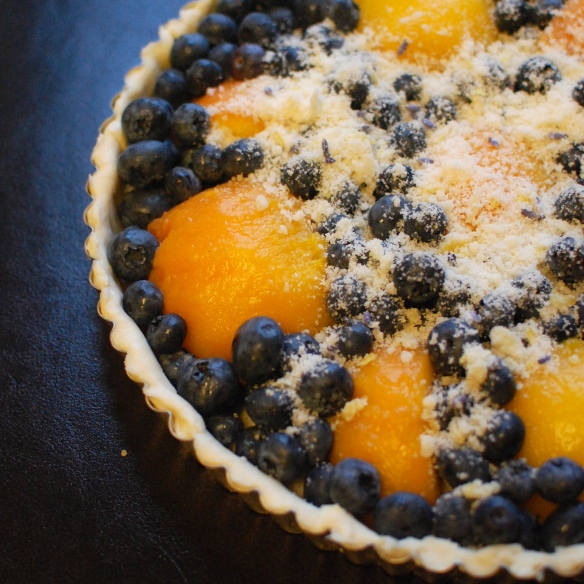
The key to a delicious pie depends on the quality of the fruits you use — ripe but not too soft, sweet with a balanced tanginess — as much as on the consistency of the crust: Never settle for anything less than light and flaky. In a previous attempt, this pie gave me some trouble with the crust being too soggy and the blueberries turning into a soup. I finally nailed it after choosing to pre-bake my crust and add a little cornstarch to the blueberries to thicken their juices. (Note to self: Shortcuts are never good when baking.)
As for the final product, it’s definitely a keeper. The crust is nicely flaky and lemony, the crumb topping is light and airy which really allows the fruits to shine. This must be the taste of sunshine.
Blueberry, peach and lavender pie
yields one 9-inch pie
Ingredients
For the crust (with a zing)
- 1/2 cup water
- 1 3/4 cups all-purpose flour
- 2 teaspoons sugar
- a pinch table salt
- 1 teaspoon finely chopped lemon zest
- 1 stick unsalted butter, very cold and diced
For the filling and crumb topping
- 4 tablespoons flour
- 1/2 to 2/3 cup sugar (depending on the sweetness of the fruits)
- 2 teaspoons lemon zest
- 1 tablespoon lavender buds
- 2 tablespoons unsalted butter, diced
- 3 ripe peaches
- 1 cup of fresh blueberries
- 2 tablespoons cornstarch
- 2 tablespoons lemon juice
For the lemony crust
Pour the water in a cup and add a few ice cubes. Keep aside. In a large bowl, combine flour, sugar, salt and lemon zest. Add the dices of very cold butter and, using a pastry blender (or your fingers), work the mixture for few minutes, redistributing it as you go so that everything is worked more or less evenly. Stop when the butter pieces are the size of small peas. Don’t worry if there are still some bigger chunks of butter. You actually want them to improve the flakiness of your crust.
Drizzle about 1/4 cup of cold water over the mixture and gather the dough together with a spatula. Add more water if necessary, one tablespoon at a time. Transfer dough to a lightly floured work surface and knead it gently. Wrap in plastic and chill dough in the fridge for at least one hour (and up to two days).
Butter and flour your pie tin. Roll dough on a lightly floured surface and transfer to pie tin, gently pressing dough onto bottom and sides up of the dish. Pierce the bottom of the crust with a fork and place in the fridge until firm, at least 30 minutes. Trust me, the colder the better. It will help the crust keeps its shape and size while baking.
Preheat the oven to 375°F. Line crust with foil or parchment paper and fill with pie weights (or rice). Place the pie tin in the middle of the oven, on a baking sheet and bake until crust is set, about 20 minutes. Carefully remove parchment and pie weights and put the crust back in the oven for another 12 minutes, until crust is pale golden. Transfer to a wire rack and let cool.
For the filling and crumb topping
Mix together flour, sugar, lemon zest and lavender buds in a small bowl. Using the pastry blender (or your fingers), cut in the butter until the mixture resembles a coarse meal. Set aside.
To peel the peaches, bring a large pot of water to a boil and prepare a large bowl of ice water. Using a sharp knife, cut a small “X” through the skin at the base of each peach. Put the peaches in the boiling water and blanch them for about 40 seconds. Transfer the blanched peaches to the bowl of ice water with a slotted spoon. Let them cool for about 1 minute and then drain the peaches and pat them dry. The skin should easily pull away. Halve the peaches, remove the pits and set aside.
Toss gently blueberries and cornstarch in a small bowl and set aside.
Sprinkle a third to half of the crumbs in the bottom of the pie shell (to absorb the juices). Place the peach halves face-down in the crust and spread the blueberry mixture between them. Drizzle with lemon juice and cover with the remaining crumb topping.
Bake at 375°F for about 30 minutes, until the crust is golden brown and the blueberries are bubbling. Let cool before serving. The crust will be crispy and the filling should not run. Sometimes perfection is as simple as a pie.
One last thing: Do you remember the Presidents of the United States of America (which apparently is a band from Seattle)? Yes?… No?… Well, let me refresh your memory: “Millions of peaches, peaches for me“… It has become just impossible for me to think about peaches without having this song stuck in my head (thanks to the hubby for introducing me to such a monument of American music). I thought I should share it with you. You’re welcome!
Bee


